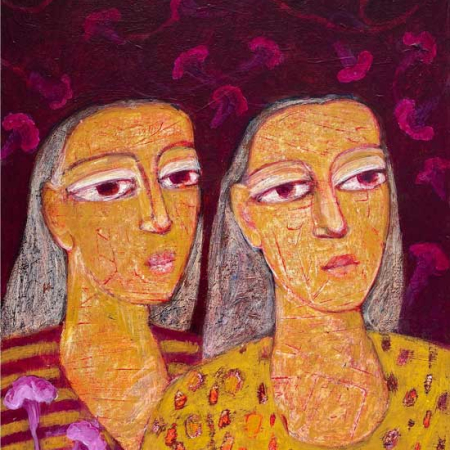Art is one of the oldest and most profound forms of human expression. It transcends boundaries—cultural, linguistic, historical—and shapes the way we see, question, and transform the world around us.
This guide offers a comprehensive look at what art is, how it has evolved, and why it continues to matter today, especially within the contexts of Pakistan and South Asia.
What Is Art?
A broad term of “Art” that encompasses art creative practices rooted in imagination, emotion, symbolism, and technique. It includes painting, sculpture, music, performance, literature, film, and more. At its core, art challenges, communicates, and connects.
The Oxford Dictionary defines art as “the expression or application of human creative skill and imagination, typically in a visual form.”
But art is not only visual. It is conceptual. It is political. It is personal.
A Brief History of Art
From ancient cave paintings in Lascaux to Mughal miniatures, from Renaissance frescoes to conceptual installations—art has always reflected the values, conflicts, and dreams of its time.
In South Asia, art traditions are deeply intertwined with religious, cultural, and colonial histories. The Partition of 1947, military regimes, and social upheavals have influenced both the form and content of art practices in Pakistan.
Today, Pakistani artists continue to challenge narratives around identity, gender, violence, and displacement.
Major Forms of Art
Art exists in many forms, each offering a different way to express the human experience. From the visual to the verbal, from the quiet to the immersive, these forms evolve with culture, technology, and purpose.
Visual Expression
Some artists work with shape, color, and texture to create images that stir emotion or convey meaning. These works may be created using traditional materials like pigment and paper, or with modern tools like digital tablets, projections, or mixed media. Whether realistic or abstract, static or dynamic, visual creations often serve as reflections of culture, identity, or imagination.
Sound-Based Creativity
Others use sound as their medium—composing rhythms, melodies, or ambient soundscapes that communicate feeling or narrative. This kind of work can be intimate or expansive, recorded or live, and often connects deeply with memory, mood, and movement.
Language and the Written Form
Language-based art uses the rhythm, structure, and symbolism of words to evoke powerful emotions. Whether written, spoken, or performed, these works distill complex experiences into poetic or narrative form, often reflecting deeply personal or universal truths.
Spatial and Environmental Art
Some forms of art engage with physical space—transforming streets, buildings, or landscapes into creative canvases. These works are often public, site-specific, and accessible to all, challenging the idea that art must live in galleries or museums. They can celebrate heritage, question systems, or simply enhance the beauty of shared environments.
Socially-Driven Practice
Many artists use their creativity to address urgent issues—exploring identity, inequality, injustice, or political unrest. This form of practice transforms art into a tool for activism, storytelling, and resistance, often sparking conversation, awareness, or collective action.
Immersive and Experiential Works
Increasingly, artists are blending multiple disciplines to create full-body, multi sensory experiences. These immersive works use space, sound, light, and interactivity to surround the viewer—making them part of the artwork rather than a passive observer. It’s art you can walk into, touch, feel, and even shape in real time.
Art in Pakistan and South Asia
Contemporary art in Pakistan draws from a complex intersection of tradition and modernity. Artists navigate censorship, socio-political tension, gender inequality, and a shifting global art economy.
Institutions like NCA, VM Art Gallery, Koel Gallery, and Lahore Biennale Foundation have helped foster critical dialogues.
Movements such as feminist art practices, diasporic art, and protest art are central to contemporary discourse.
At The Karachi Collective, we engage with these practices through writing, criticism, and artist-led research.
The Role of Art in Society
Art plays a vital role in shaping, reflecting, and transforming society. It preserves cultural heritage, allowing future generations to understand history through visual, musical, and literary forms. Art also provides a powerful voice for communities, often highlighting injustice, inspiring activism, and creating space for dialogue and healing. In education, it enhances creativity and critical thinking, while in urban design, public art revitalises spaces and fosters community identity. Whether displayed in galleries, projected on digital screens, or painted on city walls, art influences how we feel, think, and connect with one another. It is both a mirror and a catalyst—capturing who we are and guiding who we can become.
Frequently Asked Questions
What is the purpose of art?
Art can serve as personal expression, political resistance, cultural preservation, or pure aesthetic joy.
How is art defined in Pakistan’s cultural context?
It’s often a dialogue between colonial legacies, religious influence, and contemporary struggle.
Is craft considered art?
Yes. Many contemporary frameworks recognise traditional crafts as legitimate artistic expressions.


